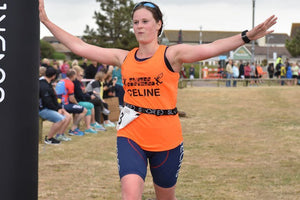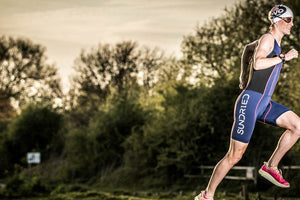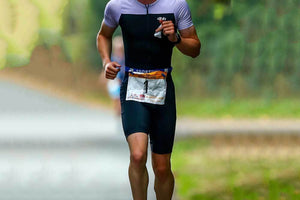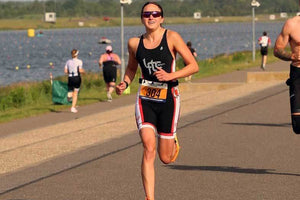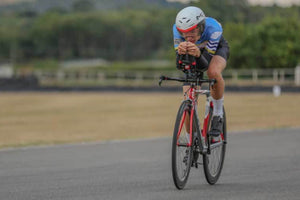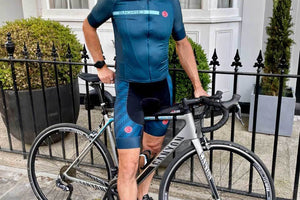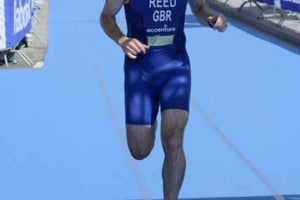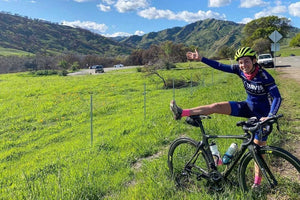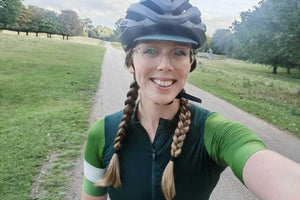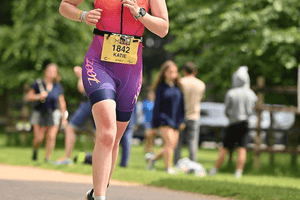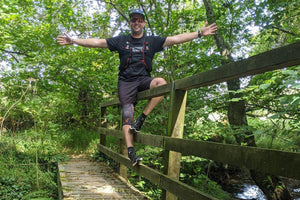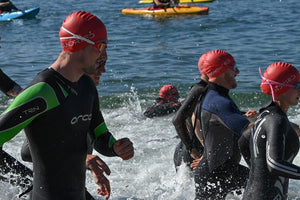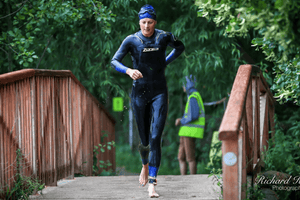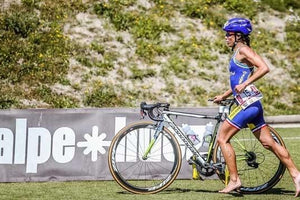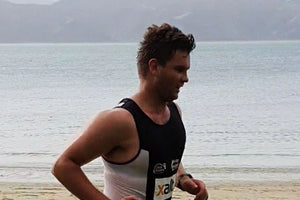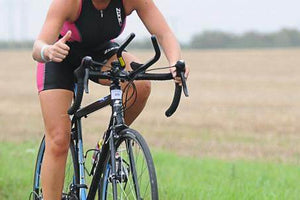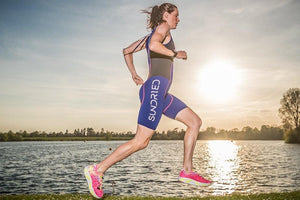We talk to former triathlete and top swimming coach Gill Anderson to find out how you can make waves in the water…

Thinking about taking up swimming? You’re not alone. Lots of adults are going back to basics and signing up for swimming lessons in a bid to improve their performance, endurance, and confidence in the water.
And no wonder, when you consider that swimming is one of the best forms of aerobic exercise around, helping to tone practically every muscle in the body and strengthen the lungs and cardiovascular system, too.
Swimming is also the perfect activity for those suffering from sprains, strains, and impact-related injuries as it is a non-weight bearing form of exercise. But like all workouts, it is essential that you master good form and proper technique to reap maximum benefits.
Perhaps you want to get out of the recreational lane and become a ‘sprinter’ rather than a ‘plodder’? Maybe you want to increase your confidence in the water to better enjoy your swim sessions with the kids? Or, maybe you’ve been thinking about taking up a multisport that features outdoor swimming as a discipline? Whatever your reason, investing is some swimming lessons should be your first port of call.
Why should I take swimming lessons?
According to swimming coach Gill Anderson of Rochford-based swim coaching facilities Tri N Swim Well, it’s likely that your swimming ability will be quite poor unless you have had some experience of competitive swimming as a youngster.
‘The standard of swimming lessons for kids these days is much better,’ she says. ‘But years ago, it was more a case that you got chucked in at the deep end and, if you didn’t drown, you were deemed able to swim. Swimming governing bodies would award certificates for swimming 25m even if you did it with your head out of the water and in a doggy paddle fashion. For me, that’s not swimming, and it certainly doesn’t help to build water confidence.’
As a result, Anderson says she is seeing an increasing number of adults coming to her in their 20s, 30s, and 40s, who are finding swimming a lot harder than they thought it would be. And despite what you may think, being super fit doesn’t make learning to swim any easier – in fact, it can make it even more of a challenge.
‘I get runners coming in for advice all the time who say they can complete a marathon in three and a half hours, but find swimming 25m really exhausting,’ explains Anderson. ‘What they don’t understand is that water is 880 times denser than air - it’s like running through treacle! And while the air in your lungs acts as a buoyancy aid to lift you to the surface, really fit people find most of their body mass is underneath their lungs. The result is that their lower body often sinks, causing them to panic and churn their arms and legs through the water in a fight or flight mode.’
However, says Anderson, the foundation of good swimming is all about balance. From top to toe, your body should be horizontal in the water, with your head, hips, and feet all at the surface. Sadly, most of us look like we’re swimming uphill.
‘In the UK, we’re taught to swim for survival: not to move efficiently through the water. Fish swim at 80mph (with no arms and legs) through a pulsing movement from the core. The best swimmers have worked out how to float horizontally and use whole body movements with just a light flutter kick, thus eliminating the drag that limbs cause. When you master this, your brain will stop panicking, and you’ll be better able to take on instruction to work on your rotation, breathing and stroke technique,’ she adds. ‘Once you relax, you can start to enjoy swimming and see the progress in your technique and speed, which means you’ll enjoy the sport even more and want to keep practising.’
How do I take my swimming sessions outside?
Firstly, it’s strongly advised that you build up a good level of swimming proficiency at an indoor pool before your take your swims into the great outdoors. If you’re in the UK, you can find your nearest coach at the Swim England website. If you can afford to, invest in private lessons (some coaches even offer video feedback so you can analyse your technique under water to make improvements), as group swimming sessions might not be able to address your individual needs.
When you feel ready to take your swims outside, the most important thing is to not try it on your own. ‘You should never go into the open water assuming you can swim like you can in a pool,’ warns Anderson. ‘One of the biggest differences between indoor and outdoor swimming is the water temperature. While an average pool is 28 to 30 degrees, you’ll be lucky to find open water at 20 degrees in the summer. In April and May, it’s often 10 degrees and really icy cold, which can make it difficult for you to exhale under water and cause you to panic.’
For this reason, Anderson advises you ensure your lake has lifeguard cover, or that you join an outdoor swimming group as they often provide buddy systems to support you. Additionally, you can use a buoyancy aid such as a toe float that fits around your waist and follows behind you, ready to grab onto if you get into difficulties.
What’s the difference between swimming in a lake and the sea?
While small, contained lakes are often flatter, they can still be choppier than an indoor pool thanks to the elements. And when you swim in the sea, you’ll have to contend with everchanging currents and waves as well as the weather – which can make swimming conditions difficult - so never swim in the sea unless you’re with someone experienced.
Finally, if you’re training for a multisport such as triathlon or swimrun, make sure you practice swimming in a group situation (and in your wetsuit) before your first race, otherwise you might find that it’s game over in the first leg.
‘Swimming alongside 50 other people all going in the same direction can feel really invasive and bring on a panic – some people describe the churn of the water as being caught up in a washing machine – so make sure you practice in group situations before race day,’ says Anderson. ‘We take out groups with someone in a kayak, plus an additional swimmer in the water, for those who need extra support.’

Sundried Swim Shorts - known as Jammers
All that said, don’t be put off of taking up swimming in any form just because it might sound scary or overwhelming. With the right encouragement - and a healthy respect for the water – swimming can be one of the most relaxing, enjoyable and rewarding activities in the world, offering a whole host of physical and mental benefits you can enjoy well into your 90s. Get ready to dive in!
Joanna Ebsworth is a qualified Level 3 PT and fitness instructor. She has been writing about fitness for many of the UK's top publications for 15 years and is the author of two fitness guides.



